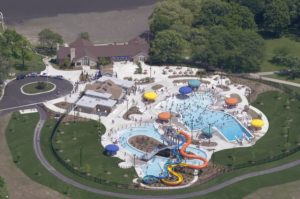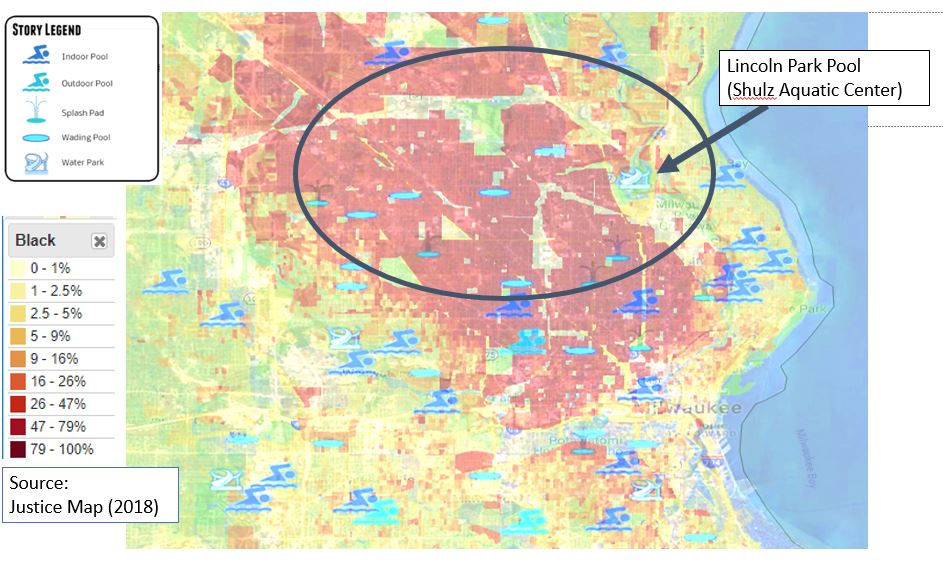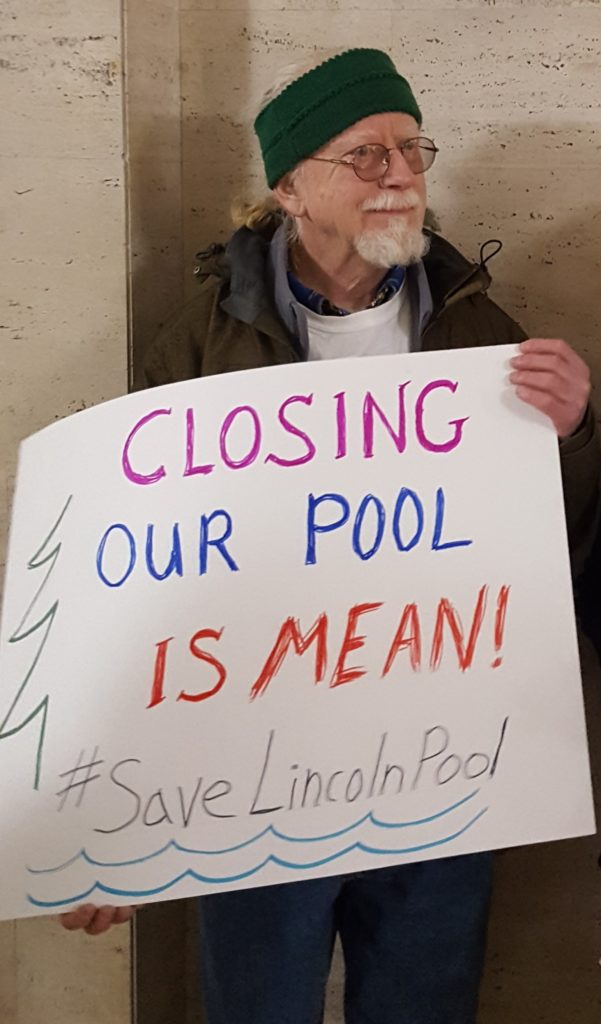Survey analysis finds race plays role in perception, vulnerabilities to climate change in Indiana
New findings from an Indiana state-wide survey conducted by Indiana University’s Environmental Resilience Institute indicate that racial disparity extends to how Hoosiers perceive climate change and its risks. Read the full story by Great Lakes Now.
Great Lakes Commission
https://www.glc.org/dailynews/20200811-climate-perception









